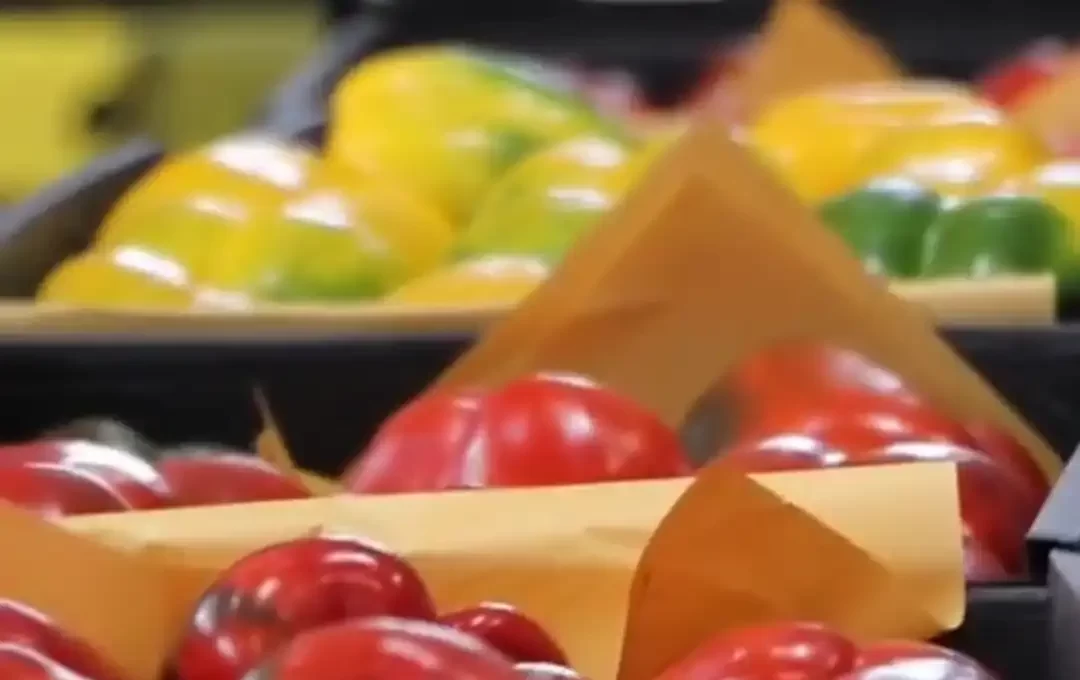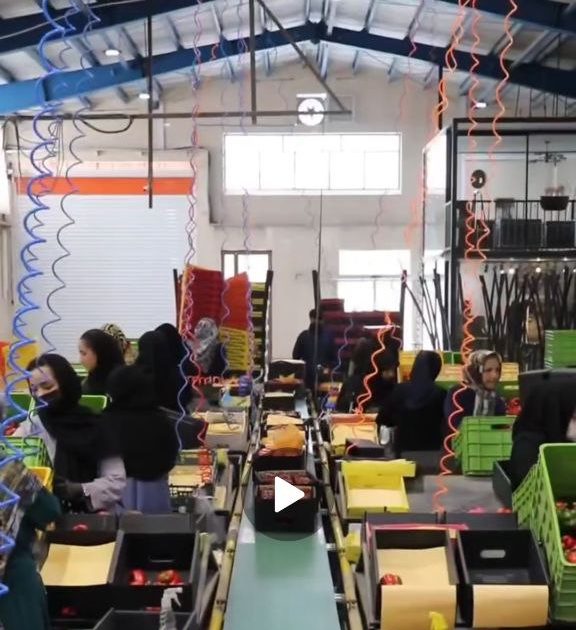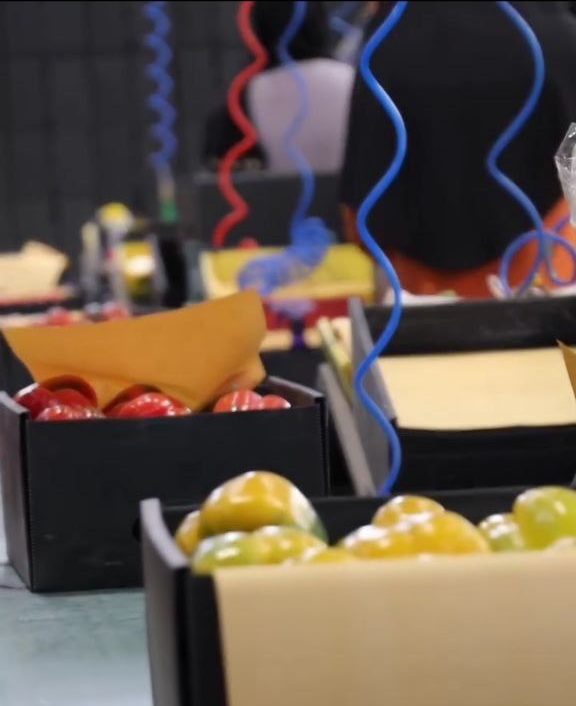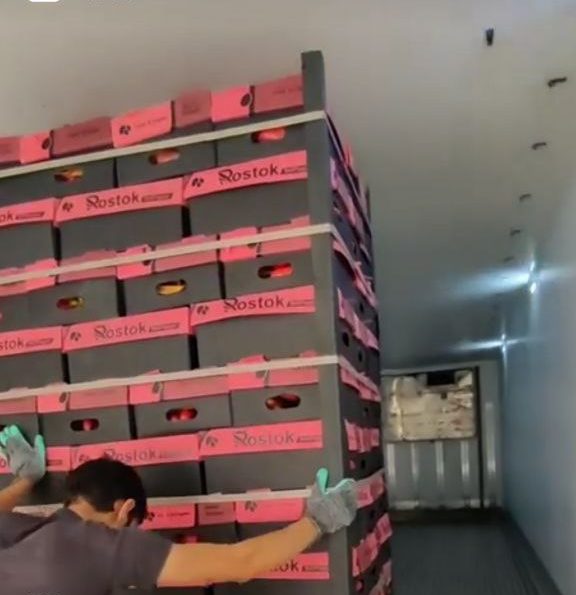Agricultural products, especially fruits and vegetables, constitute an important part of trade at the national and international levels. Among the post-harvest operations and during the movement of fruits and vegetables is their grading and sorting, which plays an important role in removing undesirable or excess materials and obtaining a high-quality product. The term sorting or sorting means classifying or separating the product from other materials. In a way, it is preserving the necessary items and removing unnecessary materials that are separated from each other through a series of activities and with different methods of products. Agricultural products are sorted with the help of sorters with the aim of obtaining materials that meet specific criteria, which can be based on type, size, market demand, etc. In the next stage of sorting, it is necessary to pay attention to the meaning of grading or sorting materials. Grading or classification is the process of separating food and agricultural products based on their quality, size, weight, and appearance. This technique is widely used as the first step in the processing of fruits, vegetables, and legumes, as well as for livestock products such as meat, eggs, and fish.
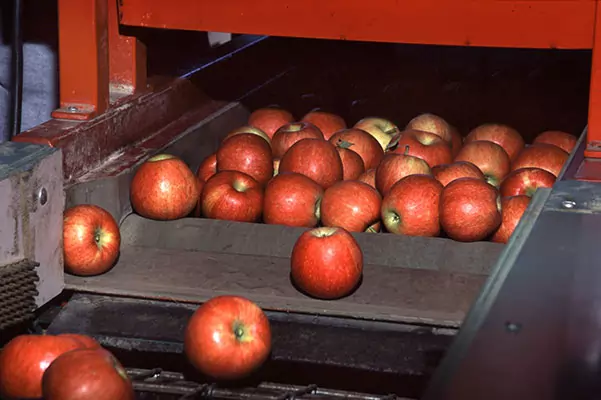
در حالی که در نتیجه مشکلاتی نظیر خشکسالی، وجود آفات و یا بیماری گیاهان، پوسیدگی یا آسیب جسمی باعث بازده ضعیف محصولات کشاورزی میشود، مرتب سازی و جداسازی محصولات برداشت شده خوب از بد میتواند منجر به افزایش درجه کیفیت محصولات شود. در محصولات کشاورزی، سورت کردن به سری فعالیتهایی گفته میشود که محصولات خوب و بد از یکدیگر تفکیک میشوند و یا جدا کردن محصولات سالم از نظر جسمی با محصولات آسیب دیده و همچنین غربال محصولاتی که در آن سایر اشیاء اضافی جدا میشود. غربال برای از بین بردن قسمتهای غیر قابل خوراکی یا قطعات دارای نقص یا برش مواد اولیه به اندازه مناسب برای پردازش بیشتر استفاده میشود؛ مانند جدا کردن گندم از شاخ و برگ. اغلب مواد غذایی پیش از ورود به فروشگاهها و مراکز عرضه محلی، بصورت قابل توجهی فرآوری و پردازش میشوند. مؤلفه اصلی این پردازش شامل مرتب سازی، درجه بندی، پیرایش یا غربال، پوست گیری و غیره می شود.
The importance of grading agricultural products using mechanical and manual sorters
In order to send agricultural products to the consumer market and sell products with higher added value while minimizing possible damage to them, agricultural products are placed in a specific class according to their dimensions and quality. This classification is used to sort and allocate them to different sales channels. Each product may have a better income when allocated appropriately according to its precise specifications. Usually, agricultural products with higher and larger grades generate more income. Traditional grading was dependent on humans and later mechanical devices called sorters were used to differentiate agricultural products based on their dimensions and weight. Today, the mechanized sorting method is recognized as a reliable method for grading and sorting.
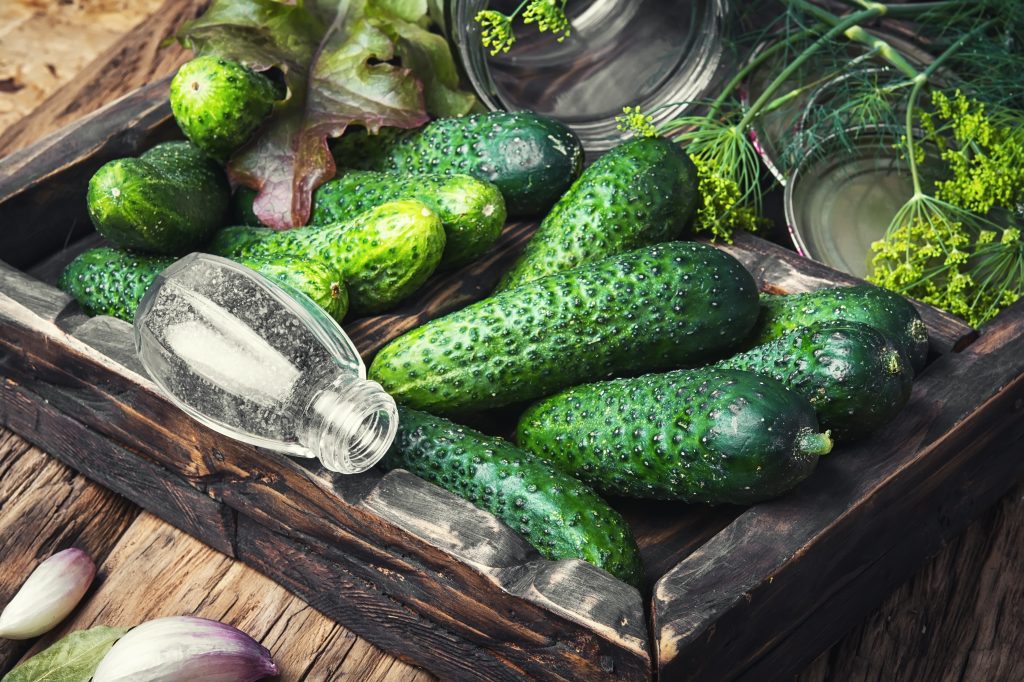
For marketing purposes, fruits and agricultural products are generally graded and separated based on their external and internal characteristics using a fruit sorter . Some of the visual characteristics can be checked by touching and sometimes smelling the fruit. This method is the most common sorting method due to its practicality and simplicity. For this reason, extensive research is being conducted to automate the visual inspection process. Continuous advances in the fields of image processing and pattern recognition have led to the development of effective tools and techniques for advanced systems capable of separating and sorting any agricultural product.
Benefits of grading products using a sorter or manually
Grading of agricultural products is a very important practice because it provides high profits to the farmer and, in addition to improving the use of the products, it also improves the overall marketing system. Graded fruits are more popular in the export market and sorting products can also significantly reduce losses caused by product transportation.
Grading and sorting agricultural products using a sorter has many advantages, some of which are briefly mentioned:
-
- Graded products fetch a better price in the market;
-
- Grading helps build greater confidence between buyers and producers;
-
- By facilitating the buying and selling of products without personal choice, marketing efficiency will increase;
-
- By sorting products, heavy marketing costs in packaging and transportation can be avoided;
-
- Increasing distributors’ profits;
-
- Increasing producers’ profits;
-
- Grading improves the uniformity of the product within a specific grade and serves as the basis for pricing.
Methods for grading agricultural products
Generally, agricultural products are graded and sorted based on their physical and visual characteristics such as weight, size, color, shape, specific gravity, and any pests, diseases, or damage. In addition to expert and human review, well-known methods of fruit and vegetable sorting also use special devices for marketing. In both methods, the product is graded based on size. However, electronic grading systems grade based on the latest national and international standards. These criteria vary from country to country and depending on market needs. While manual sorting is efficient, it is costly and time-consuming. For this reason, farmers use mechanical methods to reduce labor shortages, save time, and improve the quality of grading.
Traditional grading or sorting using human resources
Traditional or manual grading was human-dependent, the grading stage traditionally took place immediately after harvest. In this method, products were graded and sorted based on their quality, ripeness, and size; then, from packaging, they were transported to sales centers, markets, and cold storage for storage.

Sorting was traditionally done by hand by workers or farmers, which required experience, precision, and attention to the appearance of the products. Full attention to the appearance of the products is not a sufficient criterion for classification and grading. In addition, the importance of time in packaging and transporting agricultural products, especially for perishable fruits, has led to an increased desire to use mechanized sorting and grading methods.
How did sorters or mechanical separators enter the market?
Designed machines, or sorters, examine and classify agricultural products in several aspects with the aim of sorting them. In the simplest case, the device places each product in a category based on its appearance and weight. Mechanical weight measurement has been very popular among manufacturers and farmers for many years due to its simple and reliable structure. In mechanical sorting, devices are used in which the products are usually placed on a single conveyor belt. In this way, agricultural products are classified based on external criteria such as dimensions and weight. Such a function is based on a mechanical device with sufficient equipment.
For example, when the diameter or weight of a product such as fruit or vegetables is measured and detected with values below a detection threshold, it is dumped into a bin. When the values are higher, it is simply transferred to the next section on a conveyor belt. Mechanical sorters are fast and reliable. However, they also have limitations, for example, they only check general criteria and do not specifically check the quality of the products.

There are other aspects that need to be considered when sorting and grading agricultural produce. One example is the achievements of the day. Today, many people live in large areas, and they are far from the centers of direct production and distribution of agricultural and agricultural products, and many consumer products may even be produced abroad. Traveling such a distance requires a longer shelf life, and time will be the factor in the destruction and spoilage of many products. Only fruits and vegetables of the highest quality, without a long time since they ripened and without any damage, can be kept for a long time, so some crops remain healthy during transportation for a longer time and are suitable for sale to distant areas.
By carefully examining the external and internal characteristics of the products, their defects can be identified and the products that are suitable for fresh consumption can be separated and the rest transferred to the processing and finishing industries. The importance of paying attention to all the characteristics of agricultural products is very crucial because even minor defects can spread over time and, in addition to destroying the fruit, also ruin the adjacent fruits, and this makes timely detection of possible defects or damage an essential step.
Special devices for sorting agricultural products, known as agricultural grain sorting devices in the market, are improving day by day. The goal of the sorter is to identify as many defects as possible. Such defects can be observed in the form of color changes, local scratches, protrusions and irregular shapes. Today, many systems, in addition to screening the product based on external characteristics, weight, color, size, are also able to examine internal characteristics. Using newer devices, it is also possible to become aware of their internal characteristics. Today, products are diagnosed, categorized, graded and separated all over the world with the help of image systems based on specific and defined algorithms.
Sorters are usually pre-set by a skilled operator. The more skilled and patient the specialist, the better the quality of the detection. This is a real challenge in the industry, as grading and sorting may vary depending on personal skills, and the results may even lead to losses and damage to the reputation of the manufacturer or distributor. Therefore, following global standard criteria in providing quality products that are popular with the public requires both expertise and experience.

